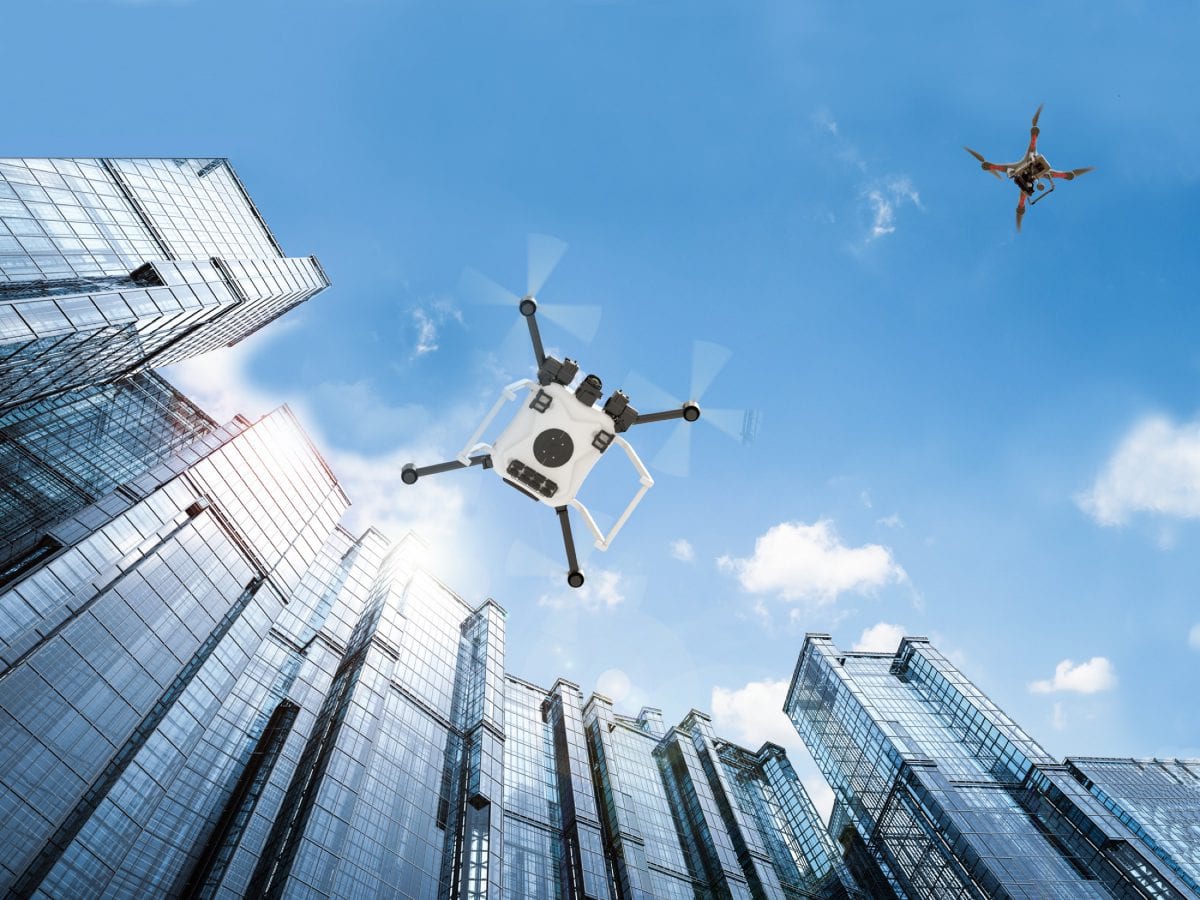News
NASA to Demo Drone Traffic Management Testing
A press release from NASA HQ declared NASA’s success in reaching the final stage of testing its Unmanned Aircraft Systems Traffic Management (UTM) platform for drone traffic integration and management. NASA has invited media to learn more and watch drone demonstrations Tuesday, May 21, in Reno, Nevada.
NASA’s Ames Research Center in California’s Silicon Valley has been working on creating a research platform known as UAS Traffic Management (UTM) to create a system that can integrate drones safely and efficiently into air traffic that is already flying in low-altitude airspace. That way, package delivery and fun flights won’t interfere with helicopters, nearby airports or even safety drones being flown by first responders helping to save lives. An estimated 700,000 unmanned aircraft systems (UAS) more commonly known as drones, are predicted to be roaming the sky by the year 2020.
NASA‘s research into drone traffic management focuses on operations within a city, at an altitude of 200 feet or higher, and the unique challenges presented when flying in an urban area. Media will have the opportunity to interview NASA leadership and researchers about this important work.
The UTM system will be a bit different than the air traffic control system used by the Federal Aviation Administration for today’s commercial airplanes. UTM will be based on digital sharing of each user’s planned flight details. Each will have the same situational awareness of airspace, unlike what happens in today’s air traffic control.
UTM research is broken down into four phases called TCLs, technology capability levels, each with specific technical goals that help build up the system as the research progresses. Each of the four TCLs have strengthened and tested the UTM system to ensure safe and efficient low-altitude airspace operations by providing services such as airspace design, corridors, dynamic geofencing, severe weather and wind avoidance, congestion management, terrain avoidance, route planning and re-routing, separation management, sequencing and spacing, and contingency management.
The UTM will not require human operators to monitor every vehicle continuously. It will provide the data to make strategic decisions related to initiation, continuation, and termination of airspace operations to human managers. This approach would ensure that only authenticated UAS could operate in the airspace. NASA envisions concepts for two types of possible UTM systems. The first type would be a Portable UTM system, moving between geographical areas and supporting operations such as precision agriculture and disaster relief. The second type of system would be a Persistent UTM system, which would support low-altitude operations and provide continuous coverage for a geographical area. Either system would require persistent communication, navigation, and surveillance (CNS) coverage to track, ensure, and monitor conformance.
Since 2015, NASA has worked to create a research platform that can manage drone traffic safely. Through a long-standing partnership with the Federal Aviation Administration and help from many industry partners, the goal is to understand how a nationwide system for drones can safely integrate remotely-piloted aircraft into low-altitude airspace.
To participate, media must email their name, affiliation and telephone number to Darryl Waller at darryl.e.waller@nasa.gov by 2 p.m. PDT, Monday, May 20.



















